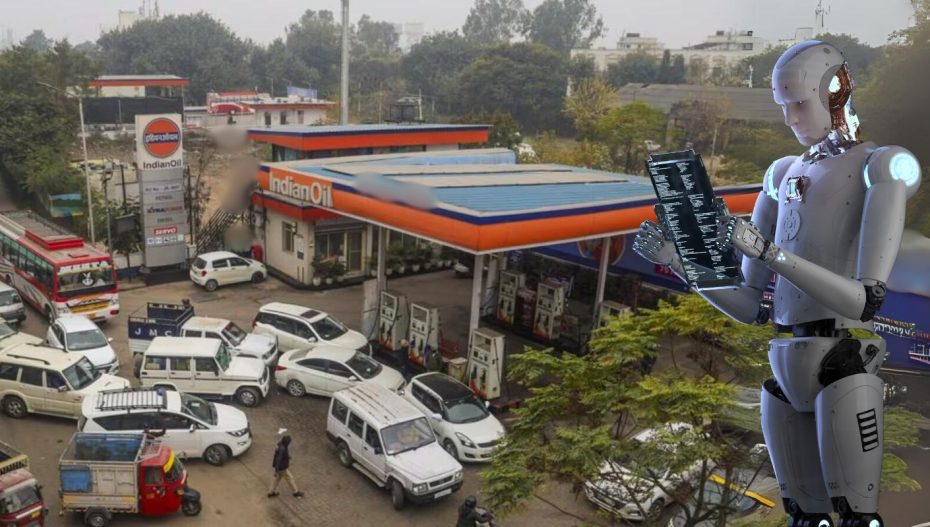Traffic jams and long lines are a growing reality in cities worldwide. As populations rise and car ownership climbs, so too does the demand for fuel, leading to frustrating queues at gas stations. But there’s a solution on the horizon: artificial intelligence (AI).
AI technology offers a promising way to optimize gas station queues, particularly in the Asia-Pacific region, which is expected to see the highest growth in AI-powered fuel management solutions in the coming years. This market is booming, projected to reach $5.32 billion by 2030 according to SkyQuest, with a growth rate of 8.76%.
Understanding the Urban Gridlock
India, for example, presents a unique case. While car ownership remains relatively low, major cities like Delhi and Mumbai see a concentration of vehicles, leading to congested gas stations, especially during peak hours. These long lines not only waste drivers’ time but also contribute to traffic jams, air pollution, and wasted fuel. Traditional methods of queue management are often inefficient, relying on manual scheduling that doesn’t account for real-time fluctuations.
The Power of AI in Fuel Queues
AI-powered solutions leverage data analytics, predictive modeling, and real-time optimization to tackle these challenges. By analyzing historical data, traffic patterns, and current demand, AI systems can forecast fuel consumption and adjust queue management strategies accordingly. This includes utilizing real-time data from CCTV footage, edge controllers, and even gas pumps themselves. AI prioritizes efficiency by minimizing wait times, optimizing resources, and automating queue management, especially during peak hours.
Here’s how AI tackles the problem:
- Data Integration and Analysis: AI collects and analyzes various real-time data points, including traffic volume, vehicle types, fuel consumption patterns, and historical queue data. This allows for accurate predictions of future demand.
- Dynamic Queue Management: AI continuously optimizes queue management based on real-time data. This allows gas stations to adapt to changing demand patterns, reducing wait times and improving customer satisfaction.
- Automated Resource Allocation: AI-powered systems can automatically allocate fuel pumps, payment lanes, and other resources based on current demand. This optimizes resource utilization and minimizes congestion.
The Road to a Smoother Future
As cities grapple with urban congestion, investing in AI-powered solutions is a crucial step towards building a more efficient and sustainable transportation network.
Microsoft’s New AI Tool Creates GIFs from Images. Read More













